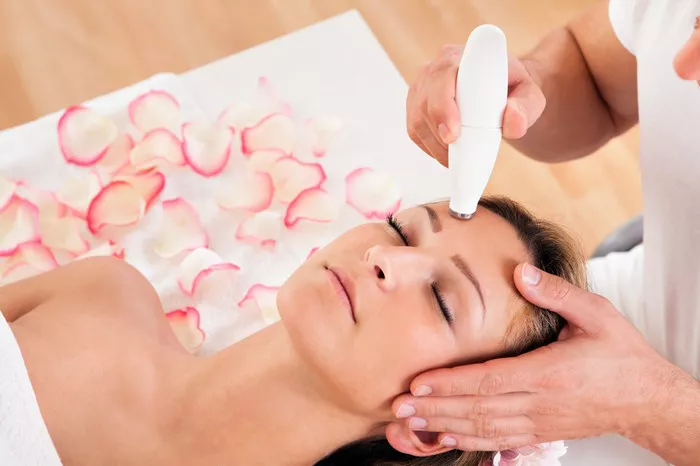Microdermabrasion is a popular cosmetic procedure that involves removing the top layer of skin to reveal smoother, more youthful-looking skin. While this procedure is typically performed in a dermatologist’s office, it is possible to perform microdermabrasion at home using a razor. In this article, we will explore how to perform microdermabrasion at home with a razor, the benefits of this technique, and how to do it safely.
What is Microdermabrasion at Home with Razor?
Microdermabrasion at home with a razor involves using a razor blade to gently exfoliate the top layer of skin. This technique can help to remove dead skin cells, unclog pores, and improve the overall texture and tone of the skin.
While this technique can be effective, it is important to use caution when performing microdermabrasion at home with a razor. Improper technique or excessive pressure can lead to skin damage or injury.
Benefits of Microdermabrasion at Home with Razor
There are several benefits to performing microdermabrasion at home with a razor, including:
Cost-effective: Microdermabrasion treatments can be expensive when performed in a dermatologist’s office. Performing microdermabrasion at home with a razor is a cost-effective alternative.
Convenience: Microdermabrasion at home with a razor can be done at any time, without the need for an appointment with a dermatologist.
Improved skin texture and tone: Microdermabrasion at home with a razor can help to improve the texture and tone of the skin, making it look smoother and more even.
Unclogging pores: Microdermabrasion at home with a razor can help to unclog pores, reducing the risk of acne breakouts.
How to Perform Microdermabrasion at Home with Razor
Performing microdermabrasion at home with a razor requires some preparation and technique. Here are the steps to follow:
Cleanse the skin: Start by cleansing the skin with a gentle cleanser to remove any dirt or makeup.
Exfoliate: Use a gentle exfoliating scrub to help remove dead skin cells and prepare the skin for microdermabrasion.
Wet the skin: Wet the skin with warm water to help soften the skin and make it easier to exfoliate.
Apply shaving cream: Apply a thin layer of shaving cream to the skin. This will help the razor glide smoothly over the skin and prevent irritation.
Use a single-blade razor: Use a single-blade razor to gently exfoliate the skin. Hold the razor at a 45-degree angle and use light, circular motions to remove the top layer of skin.
Rinse the skin: Rinse the skin with cool water to remove any shaving cream or dead skin cells.
Moisturize: Apply a moisturizer to the skin to help soothe and hydrate it after the treatment.
Safety Precautions for Microdermabrasion at Home with Razor
Performing microdermabrasion at home with a razor can be effective, but it is important to use caution and follow safety precautions to avoid skin damage or injury. Here are some safety precautions to follow:
Do not use a dull razor: A dull razor can cause skin damage or injury. Use a sharp, single-blade razor for the best results.
Do not apply too much pressure: Applying too much pressure when using a razor can cause skin damage or injury. Use light, circular motions and let the razor do the work.
Do not perform microdermabrasion too often: Performing microdermabrasion too often can cause skin damage or injury. Limit the treatment to once a week or less.
Avoid sensitive areas: Avoid sensitive areas, such as the eye area or lips, when performing microdermabrasion at home with a razor.
Seek medical attention for any skin irritation or injury: If you experience any skin irritation or injury after performing microdermabrasion at home with a razor, seek medical attention.
Conclusion
Microdermabrasion at home with a razor can be an effective and cost-effective way to improve the texture and tone of the skin. By following the proper technique and safety precautions, you can perform this treatment safely and effectively. If you are unsure about performing microdermabrasion at home with a razor, consult with a dermatologist or skincare professional for guidance.


